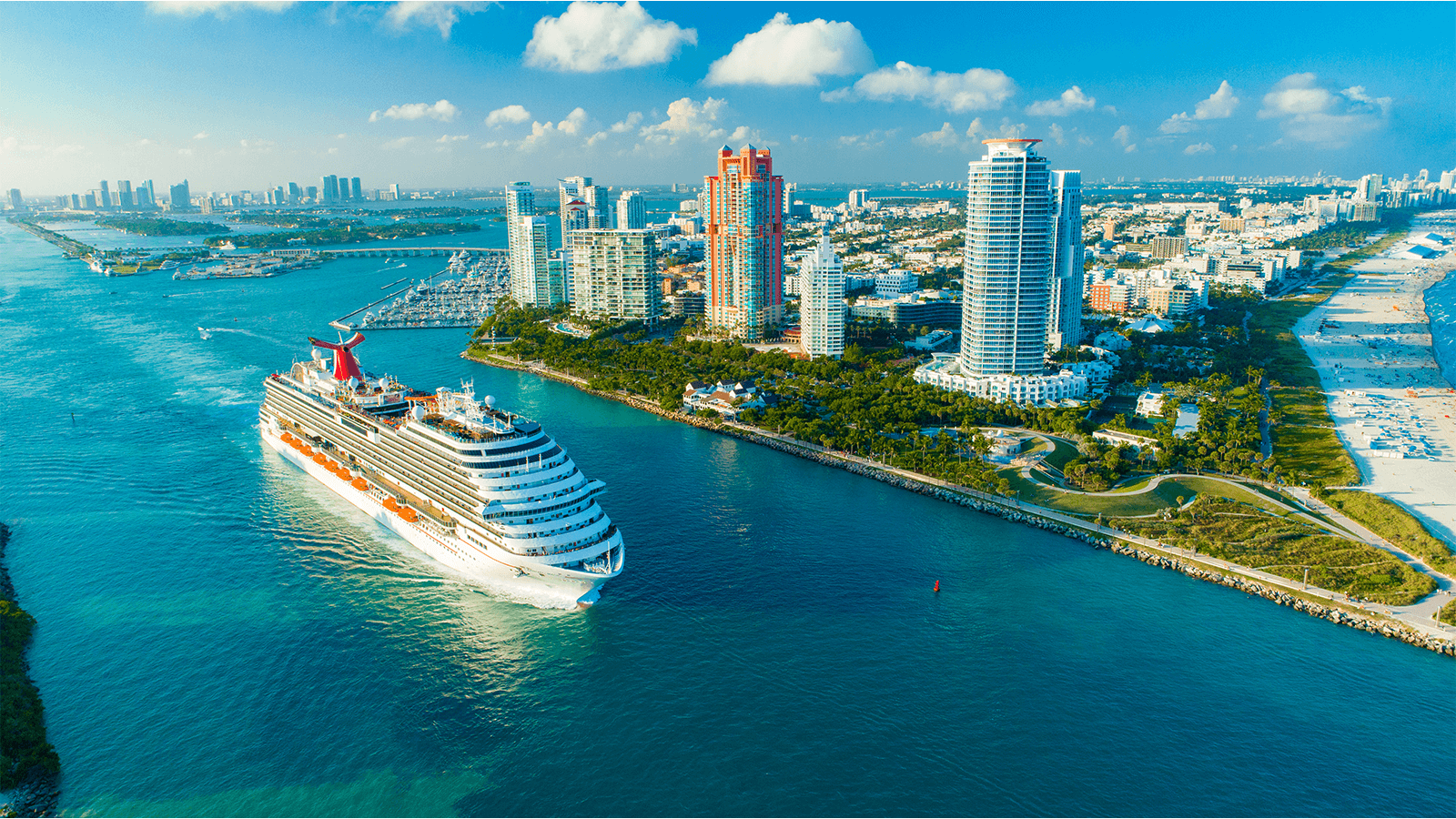
The Miami-based cruise line - a subsidiary of Norwegian Cruise Line Holdings - offers eight small, luxurious ships that carry a maximum of 1,250 guests and feature the finest cuisine at sea and destination-rich itineraries that span the globe.
Expertly curated travel experiences aboard the designer-inspired, small ships call on more than 600 marquee and boutique ports in more than 100 countries on six continents on voyages that range from 7 to more than 200 days.
























Named to reflect the excitement of starting an immersive new journey, Allura invites you to discover some of the world’s most captivating locations, enjoying the freedom of exploration while sailing the open seas. In true Oceania Cruises style, Allura will serve The Finest Cuisine at Sea®, boast exceptionally personalized service with warm and welcoming staff, and feature captivating residential furnishings and decor as she sails a variety of destination-rich itineraries. Sister ship to Vista, Allura will debut in 2025 with her Inaugural Season now open for reservations.












